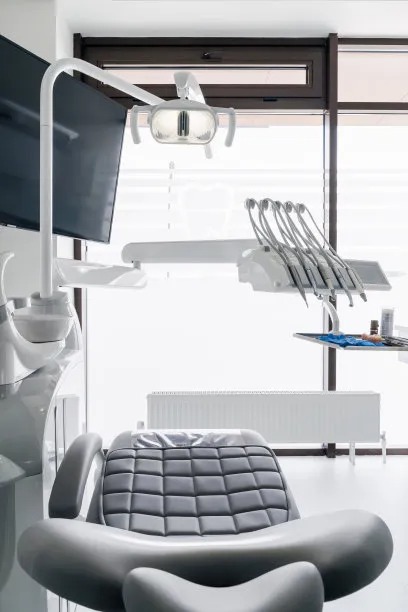The Essential Guide to Extracting a Tooth Safely and Effectively for Optimal Oral Health Maintenance
Summary: Extracting a tooth can be daunting, but when performed safely and effectively, it is crucial for maintaining optimal oral health. This essential guide outlines the key steps and considerations for tooth extraction. It begins by highlighting the importance of dental consultations and diagnostics, followed by detailed preparation guidelines and techniques for extraction. The article also addresses post-extraction care and possible complications, ensuring that readers are well-informed and confident in seeking dental help when necessary. Through comprehensive discussion of each phase of the tooth extraction process, this guide equips individuals with the knowledge to make informed decisions, thereby safeguarding their oral health.
1. Importance of Dental Consultation Before Extraction

Before considering tooth extraction, it is essential to consult a qualified dentist for an accurate diagnosis. This is because tooth extraction is not always the first course of action. A dentist can identify whether the tooth can be salvaged through treatments like fillings or root canals. Understanding the underlying issue—whether it involves decay, infection, or crowding—will inform the decision-making process.
A thorough dental examination, including X-rays, will help in assessing the tooths condition and its roots orientation. This diagnostic imaging guides the dentist’s approach to extraction. Factors such as the tooths position, bone density, and root structure can significantly influence the technique employed during extraction.
In addition to identifying the primary dental issue, the consultation allows the dentist to discuss any medical history that could complicate the procedure. Medications, allergies, and pre-existing health conditions must be considered to minimize risks and ensure a safe extraction process.
2. Preparation Guidelines for a Safe Extraction
Preparing for a tooth extraction involves both physical and mental readiness. Patients should discuss sedation options with their dentist, which may include local anesthesia, nitrous oxide, or general anesthesia. Understanding these options beforehand helps patients feel more comfortable and reduces anxiety on the day of the procedure.
Additionally, it is crucial to follow any pre-operative instructions provided by the dentist. This may include dietary restrictions, such as fasting for several hours prior to the procedure, particularly if sedation will be used. Discontinuing certain medications, like blood thinners, may also be necessary to avoid excessive bleeding during the extraction.
Lastly, arranging transportation after the procedure is essential, especially if anesthesia is involved. It is advisable for patients to have someone accompany them to and from the dental office to ensure a smooth transition back home.
3. Techniques for Effective Tooth Extraction
The technique employed for tooth extraction largely depends on the tooths condition and location in the mouth. For straightforward extractions of visible teeth, the dentist uses an extraction instrument to loosen the tooth before removing it. This process typically requires minimal surgical intervention.
Conversely, surgical extractions are warranted for teeth that are broken, impacted, or not fully erupted. In such cases, the dentist makes an incision in the gum tissue to access the tooth and may need to remove bone surrounding the tooth. The dentist will then carefully extract the tooth in pieces if necessary, ensuring minimal trauma to surrounding tissues.
Throughout the procedure, it is crucial for the dentist to maintain a sterile environment to prevent infections. Utilizing proper equipment and adhering to sterile techniques contributes to a successful extraction and recovery process.
4. Post-Extraction Care and Complications
Post-extraction care is vital for promoting healing and preventing complications. Patients should follow their dentist’s specific instructions, which often include applying ice packs to reduce swelling and taking prescribed medications for pain management. Staying hydrated and consuming soft foods initially can help ease recovery.
Monitoring the extraction site for unusual symptoms, such as excessive bleeding, prolonged pain, or signs of infection, is essential. If any concerning symptoms arise, contacting the dentist promptly is crucial to address potential complications such as dry socket, an infection, or delayed healing.
Finally, regular follow-up appointments are necessary to ensure that the extraction site heals properly and to discuss future dental care, including options for replacing the extracted tooth if necessary. Maintaining regular dental checkups post-extraction supports overall oral health and prevents future dental issues.
Summary:
Understanding the importance of proper consultation and preparation for tooth extraction can significantly enhance the overall experience and outcome. By being informed about the extraction techniques, potential complications, and diligent post-operative care, patients can ensure their oral health remains a priority.
This article is compiled by Vickong Dental and the content is for reference only.


